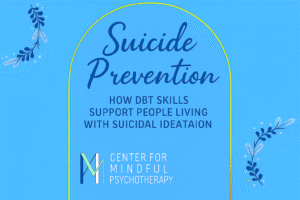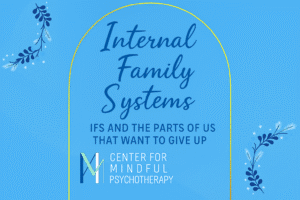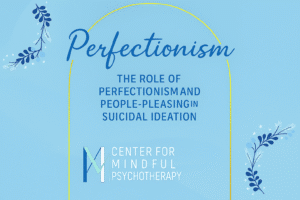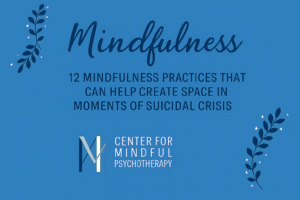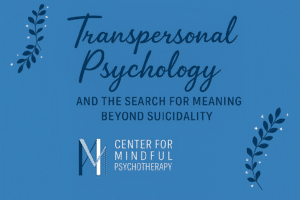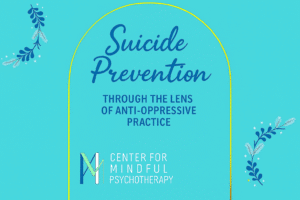
Suicide Prevention Through the Lens of Anti-Oppressive Practice
Suicide is often framed as an individual mental health challenge, yet the reality is far more complex. Social, cultural, and systemic factors shape who is most at risk, who has access to care, and who feels supported in times of crisis. Suicide prevention through the lens of anti-oppressive practice invites us to consider how structural inequities, discrimination, and marginalization contribute...


